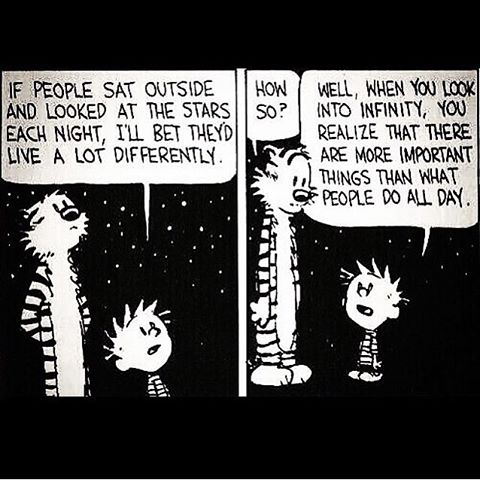Kevin gave us a nice report yesterday on the Fibonacci sequence, the so-called golden ratio allegedly ubiquitous in nature. The phenomenon, originally noted in antiquity, seems to imply an ordered nature whose regularities defy coincidence. It stops short of demonstrating a divine sort of order, of course; and even if there are pantheistic possibilities in the hypothesis, that's not really what most people mean by "God." Still, it's an impressive thing. But...
Not wishing to dash cold water, I nonetheless feel obliged to note that cold water has been dashed by others. To wit:
Fibonacci Foolishness. A search of the internet, or your local library, will convince you that the Fibonacci series has attracted the lunatic fringe who look for mysticism in numbers. You will find fantastic claims:
- The "golden rectangle" is the "most beautiful" rectangle, and was deliberately used by artists in arranging picture elements within their paintings. (You'd think that they'd always use golden rectangle frames, but they didn't.)
- The patterns based on the Fibonacci numbers, the golden ratio and the golden rectangle are those most pleasing to human perception.
- Mozart used f in composing music. (He liked number games, but there's no good evidence that he ever deliberately used f in a composition.)
- The Fibonacci sequence is seen in nature, in the arrangement of leaves on a stem of plants, in the pattern of sunflower seeds, spirals of snail's shells, in the number of petals of flowers, in the periods of planets of the solar system, and even in stock market cycles. So pervasive is the sequence in nature (according to these folks) that one begins to suspect that the series has the remarkable ability to be "fit" to most anything!
- Nature's processes are "governed" by the golden ratio. Some sources even say that nature's processes are "explained" by this ratio.
Certainly, the oft repeated assertion that the Parthenon in Athens is based on the golden ratio is not supported by actual measurements. In fact, the entire story about the Greeks and the golden ratio seems to be without foundation.
And: one of Rebecca Goldstein's 36 arguments addresses the alleged power of mathematical mystery to elicit feelings of transcendental astonishment:
1. Mathematical truths are necessarily true. (There is no possible world in which, say, 2 plus 2 does not equal 4, or in which the square root of 2 can be expressed as the ratio of two whole numbers.)2. The truths that describe our physical world, no matter how fundamental, are empirical, requiring observational evidence. (So, for example, we await some empirical means to test string theory, in order to find out whether we live in a world of eleven dimensions.)3. Truths that require empirical evidence are not necessary truths. (We require empirical evidence because there are possible worlds in which these are not truths, and so we have to test that ours is not such a world.)4. The truths of our physical world are not necessary truths (from 2 and 3).5. The truths of our physical world cannot explain mathematical truths (from 1 and 4).6. Mathematical truths exist on a different plane of existence from physical truths (from 5).7. Only something which itself exists on a different plane of existence from the physical can explain mathematical truths (from 6). 8. Only God can explain mathematical truths (from 7).9. God exists.











 Charles Darwin (
Charles Darwin (















No comments:
Post a Comment